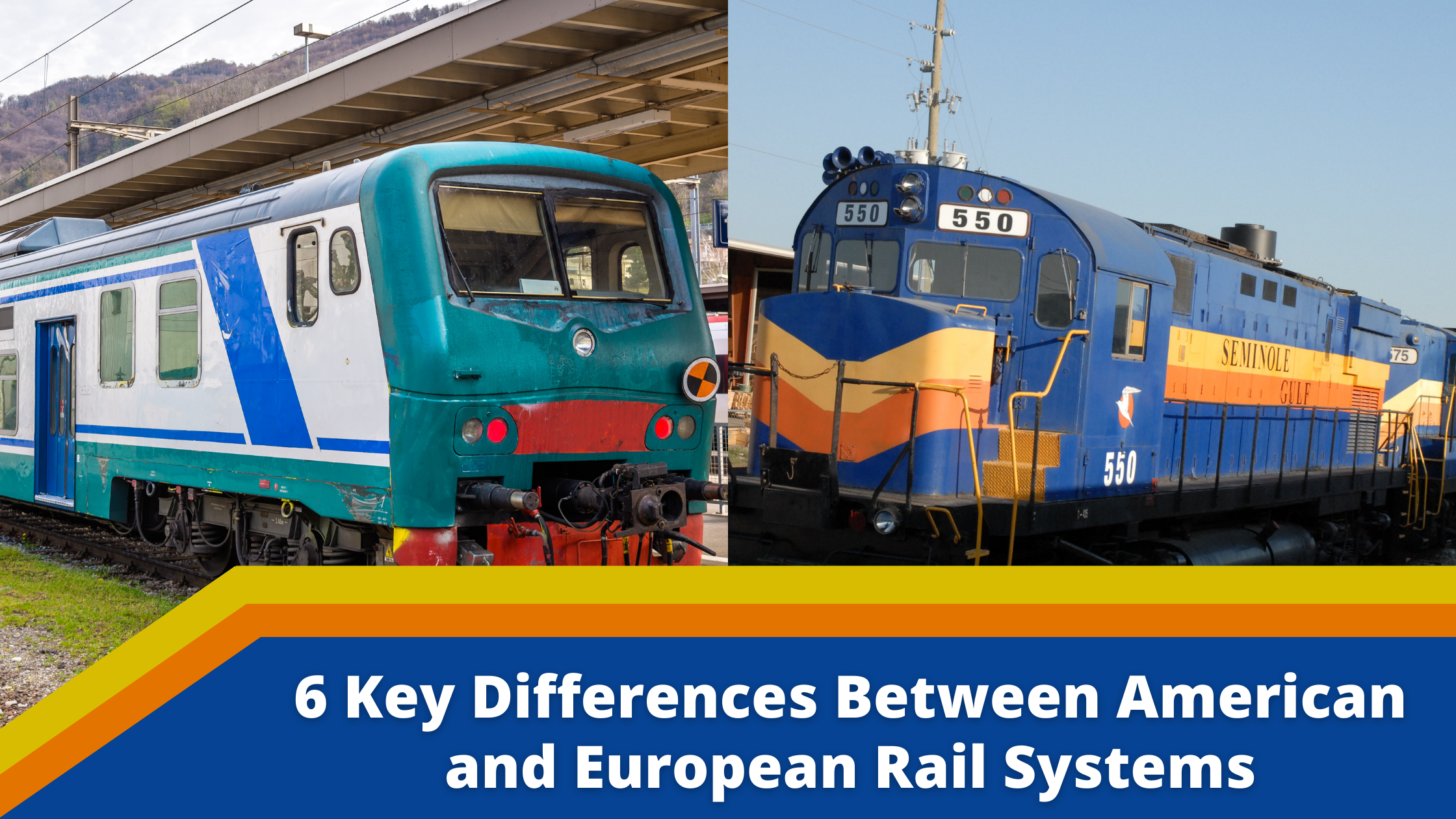Fair point, but also with good cause. I spent 15 years commuting via regional rail here in the USA, and have also used quite a bit of the high-speed rail for working and traveling in Europe. They have a better concentration on passenger rail, because it's a more feasible solution for their short distances between high-density population centers.
We have suburban sprawl, which has started happening in some European countries as well, but they've more historically kept better focus on zoning that prevents this. Rail works great in urban areas or for moving between urban areas across vast expanses of rural, but it does not work for suburbia.
Painting with a very broad brush, we have two costs dominated by "suburbia", with a huge swath down the middle of population density too low to make passenger rail profitable.
